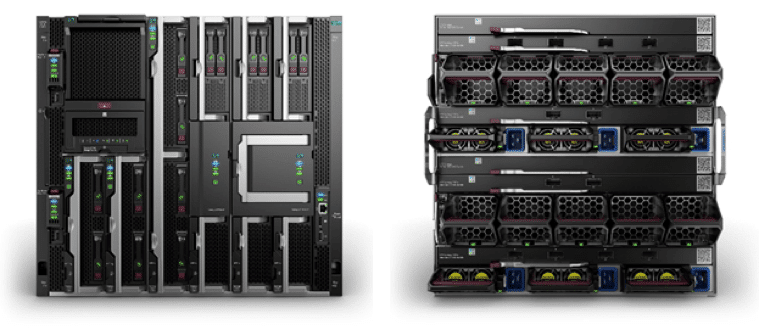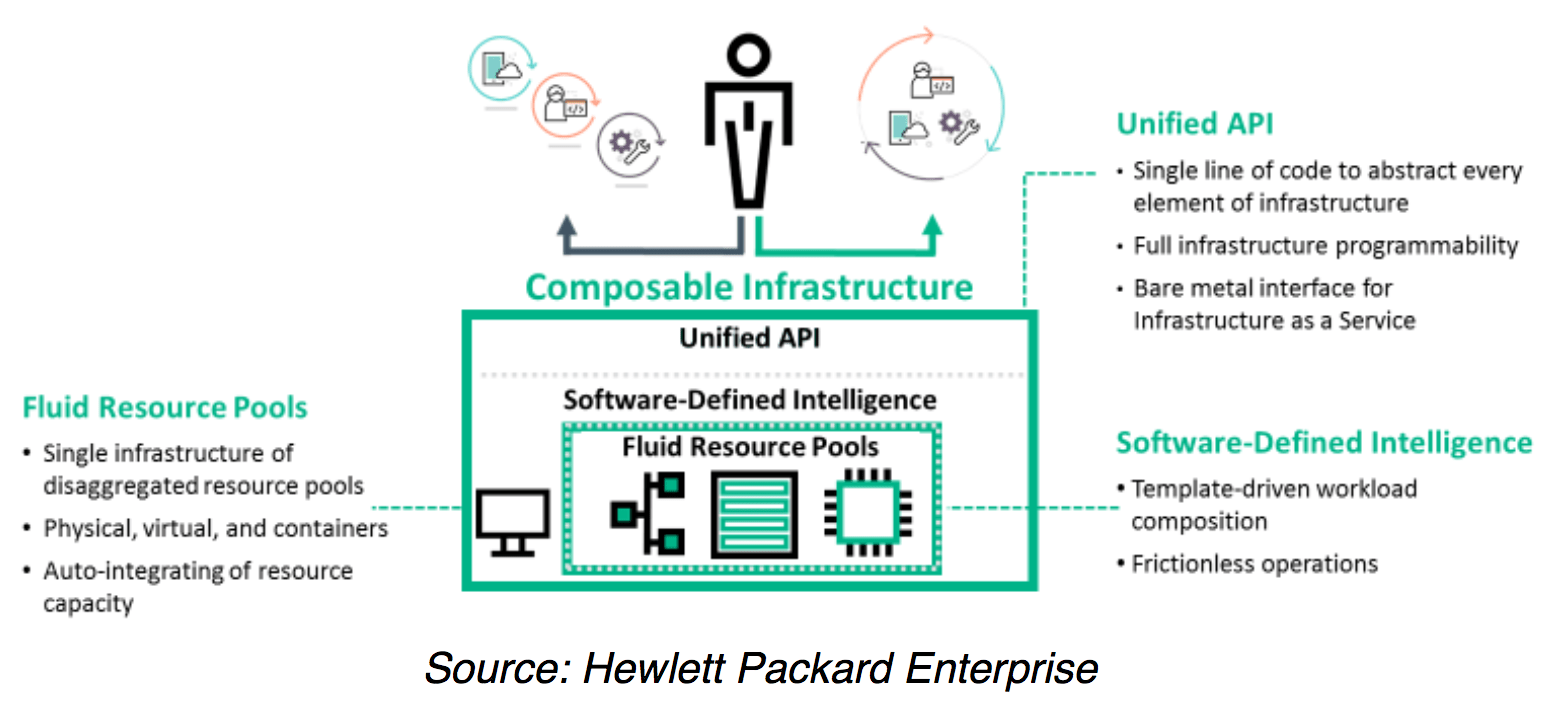Composable Infrastructure – The Next Big Thing? | OneNeck

The past several years has seen immense evolution in the data center. Long gone are the days of the traditional, siloed infrastructure, where change processes were complex and time consuming. With the entrance of converged infrastructure, and then hyperconverged infrastructure, we’ve witnessed improved productivity and better ability to quickly respond to the needs of the business. From there, software-defined took the data center to an even more agile place, where storage and compute were software defined, allowing network administrators to centrally control traffic without having to touch a single piece of hardware.
So, what’s next in the data center? The definition of infrastructure through software. While software-defined storage and software-defined networking are great, they only deal with certain parts of the infrastructure. What if we could consider all parts of the infrastructure, together? Enter composable infrastructure.
How Does Composable Infrastructure Work?
It works like this… Instead of carving compute or storage instances out of certain systems, composable infrastructure uses software to discover and pool all data center resources, regardless of their location or underlying hardware. It then categorizes the pools into service tiers, which then deliver compute, storage and network instances as services. This has obvious benefits to IT administrators who can compose infrastructure on-demand from these resource pools to support workload demands. By treating hardware like software, composable infrastructure allows IT to manage infrastructure as code, allocating the right amount of infrastructure pools of resources (compute, storage, memory, I/O) needed to optimize application performance.
Sounds like music to any IT admin’s ears, but is it here or in the distant future? Let’s talk HPE Synergy…
HPE Synergy
The composable infrastructure market is new, with HPE leading the charge with the first platform architected from the ground up as composable infrastructure. According to Vikram K, Director, Data Center & Hybrid Cloud, HPE India, “HPE Synergy is a single infrastructure that is designed to reduce operational complexity for traditional workloads and increase operational velocity for the new breed of applications and services. Through a single user interface, this platform enables IT to deliver a new experience by maximizing the speed, agility and efficiency of operations. It is designed to precisely adjust fluid pools of resources, and reduce the cost of over provisioning with a single infrastructure that can run any application.”
HPE says the main customer benefits can be viewed through the composable infrastructure design principles: fluid resource pools, software-defined intelligence and a unified API.
Composable Infrastructure Architectural Design Principals
Wondering what HPE Synergy looks like? It’s a 10U box, called a frame, which has 12 half-height modular bays, which can also be configured as 6 full-height bays and can be populated with up to 12 servers. Up to 4 storage modules can be added within the frame as well, with up to 40 small form factor (SFF) drives per storage module.

Is HPE Synergy Right for Your Organization?
While composable infrastructure is still new, it’s gaining momentum as organizations are starting to see its impact in the data center. Its self-service, flexible approach to application provisioning is enabling IT to operate much like a cloud provider by maximizing the speed, agility and efficiency of core infrastructure and operations.
Moore Insights & Strategy recommends that “IT organizations begin evaluating vendor product roadmaps and consider proof-of-concept deployments for target applications. Over the next 12 to 18 months, the market is expected to dramatically ramp with additional new products, tighter integrations across vendors, and usability enhancements to make deploying and managing composable infrastructure easier for mainstream IT organizations to adopt more widely.”
Ready to Get Composable?
Get started today!
Additional Resources:






